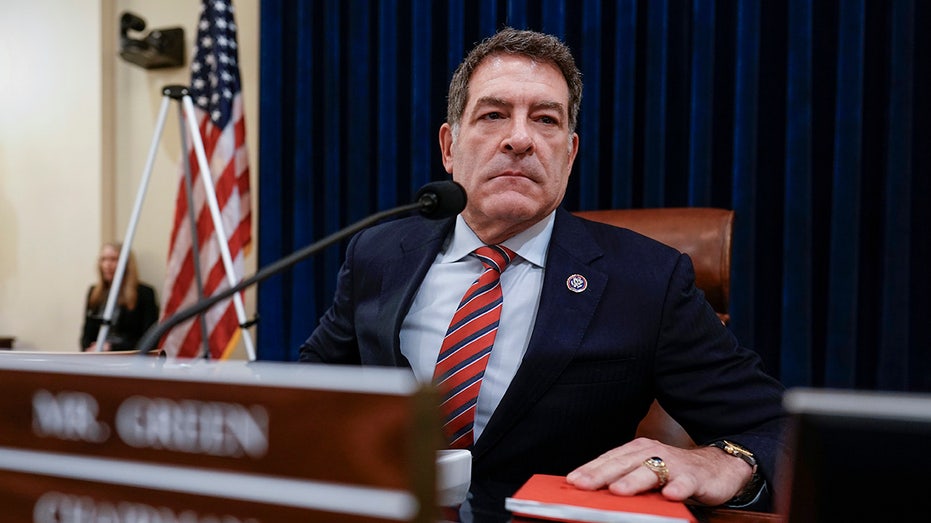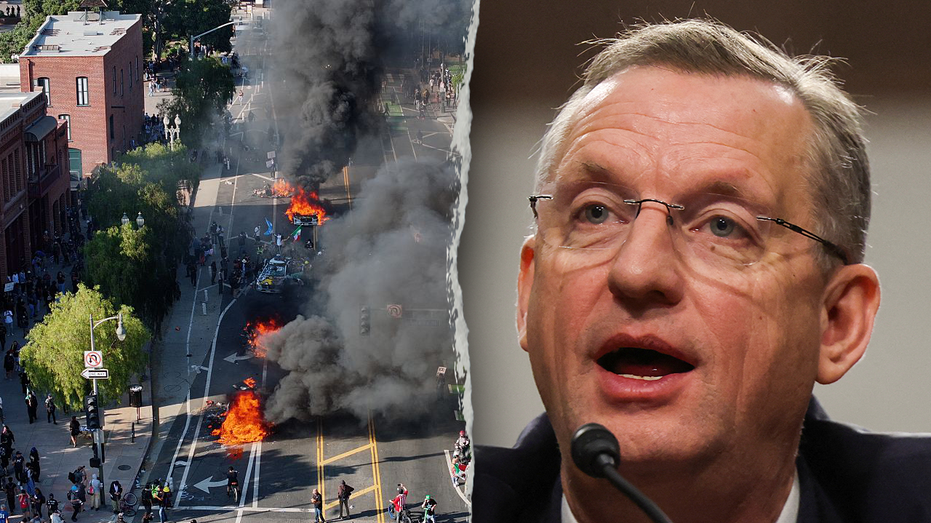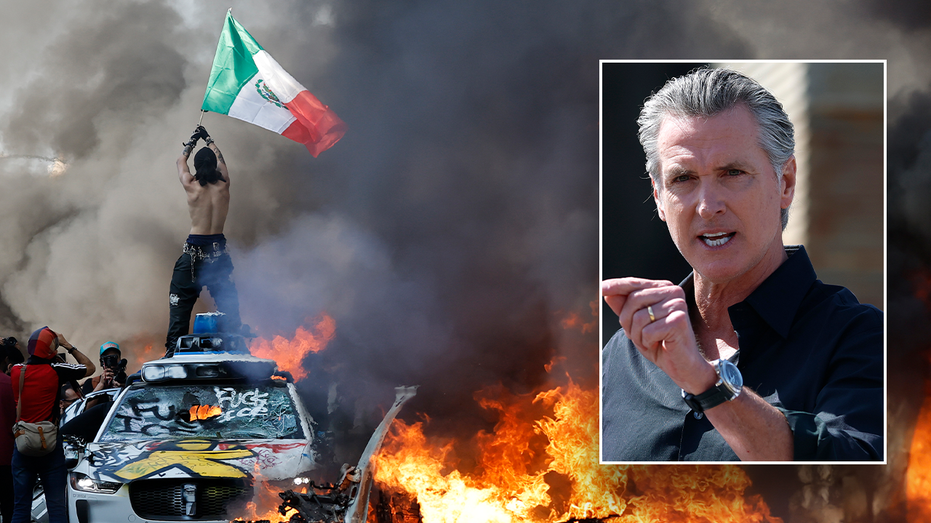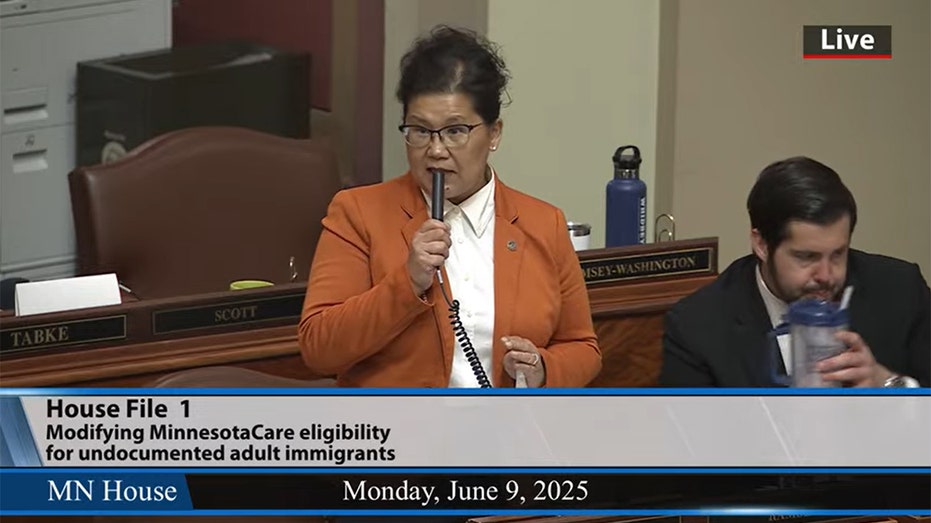Karen Read Defense Gains Momentum as Plow Driver Testifies No Body Seen in Snow in Boston Cop Death Case
Defense gains momentum in Karen Read case as plow driver testifies he did not see body at alleged crime scene.
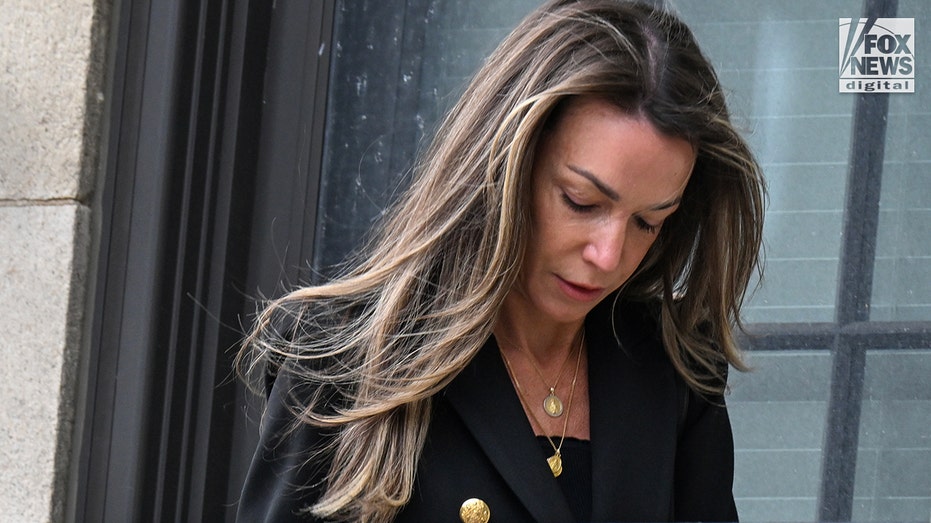
The ongoing trial of Karen Read, charged with the murder of Boston Police Officer John O'Keefe, took a dramatic turn on Wednesday as Brian "Lucky" Loughran, a seasoned snowplow driver, provided testimony that appeared to bolster the defense. Loughran, who operated his plow repeatedly past 34 Fairview Road—the site where O'Keefe's body was found—testified that he saw no sign of a body during the critical hours after prosecutors allege O'Keefe was left outside to die in a blizzard in January 2022.
According to expert analysis presented by the prosecution, O'Keefe’s last known activity occurred around 12:30 a.m. and his body is believed to have remained unmoved until first responders arrived at approximately 6 a.m. Yet, Loughran maintained under questioning, “I saw nothing,” recalling his first pass near the scene around 2:45 a.m. He emphasized that the street was well-lit from his truck’s equipment and his elevated seat provided clear visibility despite blizzard conditions. Significantly, he said he made several passes in both directions between 2:40 a.m. and 6 a.m., without spotting anything unusual on the lawn where the body was later found.
Loughran did note that a Ford Edge SUV parked outside the address caught his attention during one pass around 3:30 a.m. He testified it was unusual for the Albert family to park vehicles in front of their home, noting, “They’ve always had ample parking in the driveway.” His account, which appeared consistently confident and unshaken by cross-examination, gutted key elements of the prosecution’s timeline. Legal observers described Loughran’s testimony as a major setback for the prosecution, indicating that material gaps exist in the state’s narrative about when—and how—O'Keefe was left in the snow.
During cross-examination, special prosecutor Hank Brennan pressed Loughran on inconsistencies in his timeline and alleged online threats related to his testimony. Loughran firmly denied feeling threatened or coerced, clarifying that he had already spoken to a private investigator for the defense before ever engaging with social media posts or bloggers connected to the case. “I was also, at the time, dealing with the loss of my wife. I was not paying any attention to any social media,” Loughran told the court, drawing visible sympathy from those in attendance.
The defense, seeking to further undermine the prosecution’s version of events, called Karina Kolokithas—a close friend of both O’Keefe and Read—as their next witness. Kolokithas, who spent the evening with the couple at the Waterfall Bar & Grille before O’Keefe’s death, testified that she did not perceive Karen Read as intoxicated, stating, “She did not seem too drunk to drive.” This assertion could prove pivotal as it rebuts suggestions that Read was impaired on the night in question.
Kolokithas also recounted curious behavior from Jennifer McCabe, a key prosecution witness, who appeared to pull Read aside toward the end of the night, insisting, “Karen, you’re coming with me.” These details, combined with bar surveillance footage showing apparently affectionate conduct between O’Keefe and Read—O’Keefe reportedly kissed Read on the forehead—were highlighted by the defense as evidence of a loving relationship rather than one marred by conflict.
The trial has also been marked by revelations surrounding other individuals present that night. Testimony regarding ATF Agent Brian Higgins allegedly exchanging flirtatious messages with Read, and surveillance video suggesting tension between Higgins and O’Keefe, have deepened the intrigue and fueled the defense’s alternate theories about what may have happened in the hours leading up to O'Keefe’s death.
With the prosecution’s timeline increasingly challenged by witness testimony and the defense continuing to raise doubts about motive, opportunity, and the events of that snow-covered night, the jury faces a landscape of competing narratives. As the trial continues, each new witness and piece of evidence appears to carry heightened significance for both sides, with the outcome now less certain than ever.

